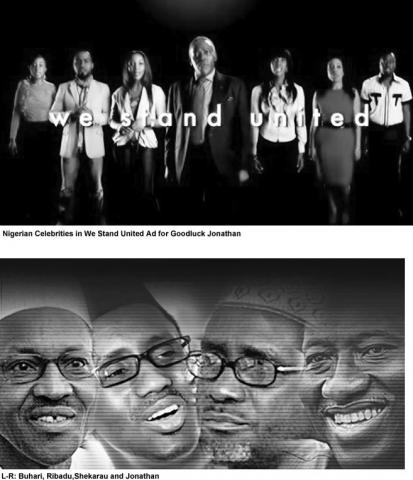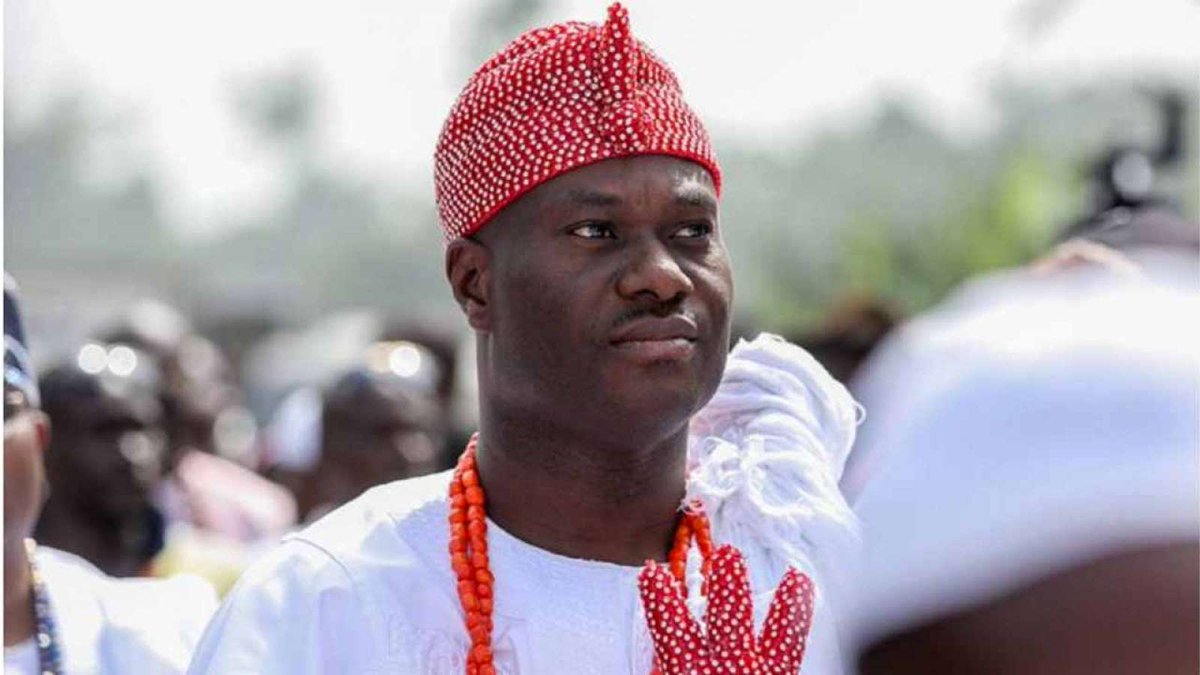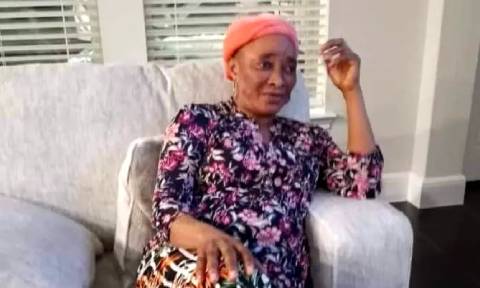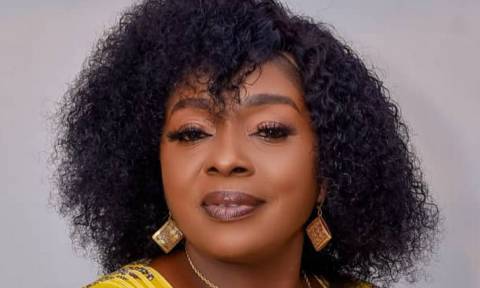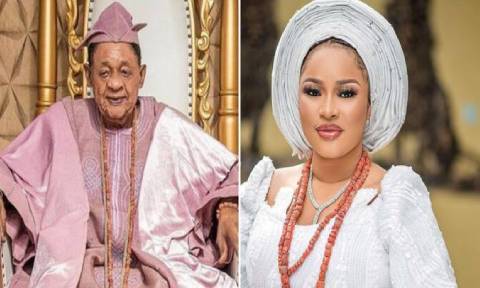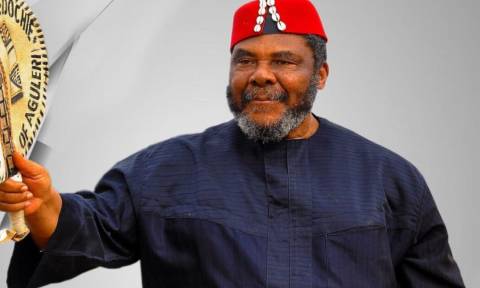If you ever thought the only way theatre can appear on a wall is through the projection of motion pictures, then you should have seen the recent exhibition of memorabilia by the Lagos State Chapter of the National Association of Nigerian Theatre Arts Practitioners. Titled ‘Flying Time’ and curated by Dotun Popoola, the show, the first of its kind in the history of the association’s 22-year existence, is an envelope of reflections and reminiscences. Items on display included photographs, costumes, brochures, posters, pamphlets and properties of the plays performed between the 1960s and the mid-1990s. Held at the National Gallery of Art in Iganmu from March 19 to March 29 with Yemisi Shyllon as a special guest of honour at the opening ceremony, the show has enjoyed a tremendous viewing that now calls for an encore.
All exhibited materials were sourced from Muraina Oyelami, an active member of the then Duro Ladipo International Theatre; Bayo Oduneye of the then School of Drama (Department of Theatre Arts), University of Ibadan, who later became Head of Department of Theatre Arts at the Olabisi Onabanjo University, Ago-Iwoye; and Segun Olusola, whose photographic archive preserves reminiscences of old theatre performances in Ibadan, Lagos and even outside Nigeria. One of such photographs is a 1959 performance by the Players of the Dawn, featuring Segun Olusola, Christopher Kolade, Wole Soyinka, Elsie Thomas-Nkunne (later Elsie Olusola), etc. In the image, they are all in their 20s and 30s and exude youthful exuberance. Other materials came from Femi Tade, Secretary, Caretaker Committee of the Association of Nigerian Theatre Arts Practitioners (ANTP), Lagos State Chapter; Ile-Ona Museum of Art and Archival Materials, Iragbiji, the National Troupe of Nigeria, Zmirage Multimedia Ltd, Ajibulu-Moniya Gallery, Diamond Productions, and the families of Hubert Ogunde and Adeyemi Afolayan (Ade Love).
Archival images
Apart from photographic clips from Hubert Ogunde’s 1982 film, Aiye and those from Ade Love’s Iya Ni Wura and the 1977 performance of Wale Ogunyemi’s Langbodo featuring the youthful, but energetic Phillip Okolo as Akara Ogun, there was also a very intriguing and amusing photograph of Lere Paimo (popularly known as Eda Onile-Ola) in one of Duro Ladipo’s plays, titled Eda. It was a 1963 performance where Paimo played the role of Eda, which has since then become his stage name. There were also posters of plays such as Oba Koso by Duro Ladipo, Obanta by Hubert Ogunde, Kongi’s Harvest by Wole Soyinka, Ori by Funmi Odusolu produced by Gbenga Sonuga, Eni Aye Kan by Femi Tade, The Black Jacobins by C. L. R. James, Ibinu Akogun by Hakeem Abiodun, and No Longer At Ease and Things Fall Apart by Chinua Achebe. Also on view were two full-length films by Nigeria’s foremost filmmaker, Francis Oladele featuring Orlando Martins, Johnny Seka, Sunny Oti and Uganda’s Princess Elizabeth of Toro
Story of theatre as told in pictures
The Nigerian theatre is like a cat with nine lives. Its never-say-die stance in the face of crunching economic imbroglio could only attest to its strength and consistent growth over the years. Otherwise, how do we explain the stifling factors and crippling conditions against theatre practice? What are the roles of the government at all levels? What efforts have been put in place to ensure the profession thrives in an enabling environment? The photographs on display have shown clearly that theatre practice once enjoyed financial boost from government and funding agencies. Where then did we lose it? How did today’s corporate bodies arrive at a stingy policy of supporting theatre projects with mere products?
Really, is it impossible to look at the modern-day theatre practice without due reference to the pioneering efforts of great individuals whose selfless contributions laid the foundation upon which today’s artist plies his trade. What are the efforts of the pioneers like Hubert Ogunde, Duro Ladipo, Kola Ogunmola and other partakers of the travelling theatre experiments? How did the English medium theatre come at par with the Yoruba experiments? The Players of the Dawn, an amateur theatre group established by Segun Oluosla and others in 1959 and the emergence of Wole Soyinka’s 1960 Masks, a professional group that relied heavily on the membership of The Players in 1960: what practical evidence is there to show that indeed, those efforts ever took effect? Answers abound in those photographs and posters displayed on the walls of the National Gallery of Art for 11 days in commemoration of this year’s International Theatre Day.
Memorabilia don’t lie
In Lagos, where theatre performances complemented the vibrancy of Ibadan; the Mbari Mbayo experiments at Osogbo which produced great plays that redefined the Nigerian essence as opposed to the reigning dogmatism to the Western theatrical ideology; these are testimonies that have been captured in words in volumes of books and academic papers written and presented at various fora by Nigerians and non-Nigerians. These testimonies have been recounted verbally to give vent to its authenticity. Lagos NANTAP takes the view that memorabilia don’t lie, hence its insistence that: “With such physical evidences, it becomes imperative to reinforce and re-authenticate those stories that have been told either verbally or in textual form. This is what informs our decision to source for memorabilia materials”. Indeed, nothing can be more stimulating and refreshing to the memory like those photographs, posters and other items of memorabilia on display.
Flying time is worthy of being taken around the country. Showing our living legends in action rekindles the memories of those who were part of the experience and naturally challenges and inspires this generation of thespians. Reflections on, and reminiscences of, the activities of the past are bound to either remind or instruct us about the past. That the pieces were displayed in their raw form underscores their archival essence. This allowed the viewer to further appreciate the real age and potency of truth and meaning embedded in all materials.
How we got here
To capture theatre experiences of the past in juxtaposition with the 21st-century experiments, the organisers decided to engage Bayo Oduneye and Muraina Oyelami (pioneering member of the award-winning Duro Ladipo National Theatre) whose vast combined knowledge ispriceless. Their interviews as contained in the commemorative brochure are a rare revelation on the theatrical activities of the past and how the magic of the time was achieved. The two interviews are featured on the first few pages of the brochure. On the opposing sides are another set of refreshing interviews granted by Segun Adefila, Artistic Director of the Crown Troupe of Africa and Wole Oguntokun of the Renegade Theatre. Their unfolding experiences are captured in their own words, to the delight of the reader. The four interviews speak volumes about how we actually got here. They also give us a slight insight into what to expect in contemporary Nigerian theatre over the next ten years.
The Nigerian theatre artist might have celebrated this year’s International Theatre Day in the usual Nigerian way that entails staging performances with little or no support from the government or corporate sector. The exhibition was a reflection on our actions and performances. The show achieved its desired effect, which compelled the viewers to behold those priceless pieces and mutter, “How time flies!”
